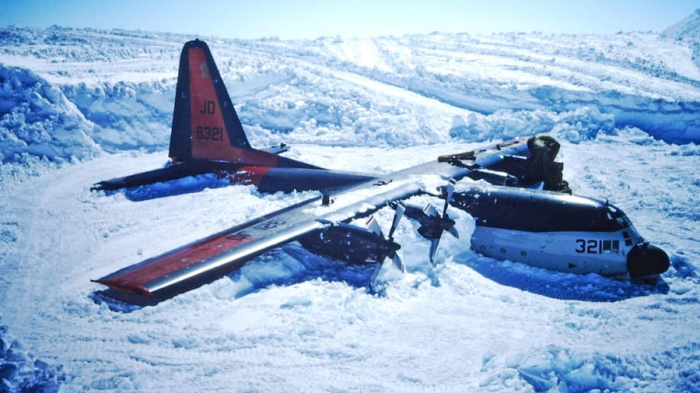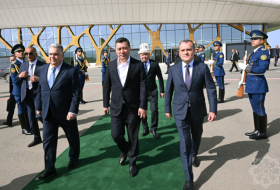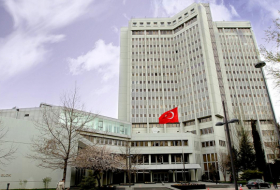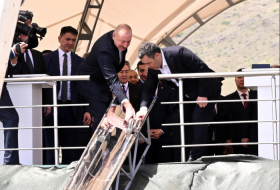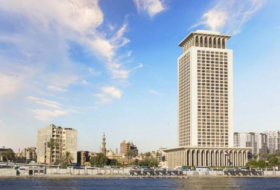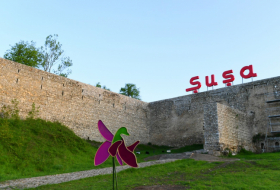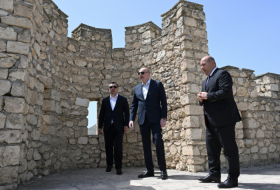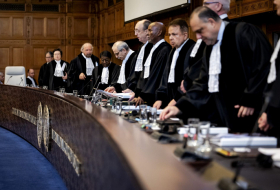Elleston Trevor referenced this in his 1964 novel, which was later brought to the film, "The Flight of the Phoenix". It's the story of an air crew that, after crash-landing in the Sahara Desert, manages to repair their aircraft and fly to safety.
The "Flight of the Phoenix" may have been fiction, but in the real world, aircraft have, on rare occasions, managed to make unlikely, almost miraculous, comebacks.
The extreme climatic conditions of some of the world's most inhospitable places may have actually helped preserve the airframes in such a way that they could be salvaged and made airworthy again, sometimes even decades after they crash-landed.
These are the real phoenixes of modern aviation, reborn not from smoldering ashes but from frigid ice.
Juliet Delta 321
The rough and versatile C-130 Hercules cargo aircraft (or to be more exact, its ski-fitted version, the Lockheed LC-130) is used by the US Antarctic Program to ferry supplies to its string of bases across Antarctica, an unforgiving continent permanently buried by a sheet of ice averaging at least one mile thick.
On December 4, 1971 one such airplane, call sign Juliet Delta 321, left on what was to be an unexpectedly long sortie.

On that fateful day, after resupplying a scientific expedition at an isolated spot in East Antarctica, Juliet Delta 321 experienced a malfunction in the rockets used to assist in takeoff and was forced to crash-land on the ice, which caused the collapse of the main landing gear.
No injuries were reported, but a salvage operation was deemed too complex and costly and the aircraft was abandoned at the spot (not before it was stripped of all flight instruments, engine gauges, radios and navigational equipment).
In the late 1970s, however, two other US LC-130 planes were recovered after going through similar incidents in Antarctica. With these precedents on the table, the recovery of Juliet Delta 321 didn't seem like such a crazy option.
It wasn't until 1986, though, 15 years after the accident, that plans were drawn for the salvage of the aircraft. The recovery work was to be conducted over the Austral summer seasons of 1986/87 and 1987/88.
The first stage of the recovery operation involved a six-man team from the US Antarctic Program's logistics support contractor traveling to a location named D59, near the French station Dumont D'Urville and about 140 miles from the crash site.

At that spot, they prepared heavy equipment and other supplies flown from McMurdo Station -- the US Antarctic research center -- and then traveled overland with a French traverse party to 321's location.
After assessing the state of the aircraft, they spent five weeks digging it out from under 20 feet of hard, compacted snow. The engines were also removed and airlifted to the US for repair.
The next season, a much larger group, including personnel from defense contractors, came back with equipment to perform all the necessary repairs on site.
Sadly, another LC-130 was lost during the operation, along with two of its passengers. However, the team persevered.
Finally, on January 10, 1988, 16 years and 37 days after it crash landed, Juliet Delta 321 was back in the air.
Its first journey was the five-hour leg to McMurdo Station, and from there onwards to New Zealand and the United States.
Lidia Recovery
Antarctica was also the setting for another remarkable aircraft salvage case.
In 2012, Lidia, a Basler BT-67 (a modified version of the classic DC-3 aircraft) carrying tourists hit a snow drift while taking off from Holtanna Glacier and was forced to crash land. There were no casualties among the 15 passengers and crew, but the badly damaged aircraft had to be left right where it was.
Its nose had been all but obliterated and the engines, wings and undercarriage were also severely damaged.
A recovery operation was mounted during the next Southern Hemisphere summer season, with a team working nonstop over the course of a month to get Lidia out of the glacier on its own power.
Parts and spares were flown in, including new engines and an entirely new cockpit, since the old one had to be cut off the airframe. After snow was cleared from the aircraft's sides, inflatable bags were placed under its wings to lift it from the frozen ground and install new landing gear.
Lidia was finally back up in the air in January 2014 and was flown all the way back to Calgary, Canada.
Glacier Girl
During World War II, remote Greenland became a busy transit point for all sorts of aircraft deploying from North America to the battlefields of Europe.
As most of these aircraft lacked the range for a nonstop transatlantic crossing, the typical itinerary included a number of hops over the Northern Atlantic, from the Labrador Peninsula in Canada to Greenland, Iceland and Scotland.
But this was far from an easy enterprise: This is a region where challenging weather conditions are the norm most of the year. Add the rather primitive navigation equipment of the time to the mix and it's easy to understand why quite a few aircraft were lost en route.
One of these was the so called "lost squadron:" a group of eight American aircraft, six P-38 Lightning fighters and two B-17 Flying Fortress bombers, which in July 1942 encountered severe weather and was forced to make an emergency landing on a remote glacier in Greenland.
The crews could be rescued, but their aircraft were left to be buried by a mass of snow and ice that over the next few decades would reach around 80 meters in height.
One of the aircraft left stranded in Greenland was "Glacier Girl", a twin-engine Lightning P-38 fighter. After years of arduous work involving seven different expeditions, it was found by a team led by Atlanta-based entrepreneurs Pat Epps and Richard Taylor.
Glacier Girl was finally brought back to the surface in 1992.
It was necessary to dig the ice to a depth of 82 meters (270 feet), where the aircraft was located. A hot water cannon was then used to free the aircraft from the ice, creating a sort of cavern under the ice sheet. The P-38 was then cut in sections and lifted back to the surface, after which it was flown back to the US to be reassembled.
Amazingly, for an aircraft that had spent 50 years under the snow, Glacier Girl could be restored to flying condition. Ten years after being salvaged from Greenland's ice, it was back in the air. It even made an attempt in 2007 to recreate its wartime itinerary to England, but this time it was technical issues that prevent the journey's completion.
Plans are currently underway to salvage another member of the "lost squadron," a P-38 Lightning by the name Echo. After lengthy research, its exact location was established in 2018, although it's yet to be excavated.
If the aircraft is successfully recovered it's unlikely to be made airworthy again, though. Chances are it will end up in a museum.
CNN
More about:








